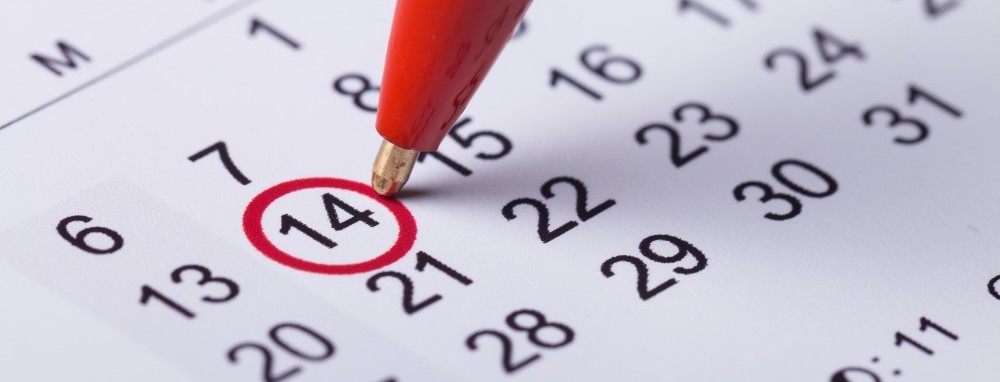In many offices recall can be one of the most overlooked aspects of a practice. Many offices are only utilizing about 30% of their recall potential. This means that patients are not getting the care that they should, and a lot of business is slipping through the cracks of the practice.
One of the biggest problems encountered when you are trying to put in, or straighten out, a non-existent or inefficient recall system is that you may already have “trained” the patient or client that it’s not really all that important to come in for regular exams or other repeatable services. So, the first thing you have to do is let your patients/clients know how important these appointments are.
Patient/client education plays an important part in any successful recall system, whether you simply tell patients/clients or use pictures and other visual aids. The point is that you have to spend the time with your patients/clients. You might think that this is too much trouble to go through. But, just realize that the success of your recall system is related to the education of your patients/clients and the use of the system itself.
You will always have people that will not “have the time” or “think it’s unnecessary” and will not participate in your recall program. But, most people, once they have been properly educated and are programmed into the system to keep these appointments, will cooperate.
The System:
The following can be used for any type of follow-up or recall appointment:
- Have a supply of postcards made that the patient/client will fill out prior to leaving the office. You should also have appointment cards with spaces for appointment dates and times to be filled in.
- Before the person leaves the office, the receptionist should schedule them for their next appointment. They should always be scheduled for their next appointment, no matter how far away it is. (The prior education of the patient on the importance of regular exams is very important to this step going smoothly.)
- Put the person’s name in the appointment book and give them an appointment card with the date and time on it.
- Give the person a postcard and have them fill in their name and address on the card. Let them know that you’ll send the postcard out ahead of time to remind them of the appointment and that you’ll also give them a call. Having them participate in the making and scheduling of the appointment is highly effective, it creates a more solid agreement to keep the appointment.
- File the postcard in a file box that is divided into each week of the year. File the card in the weekly slot that is two weeks prior to the appointment.
- At the beginning of each week, pull out the cards for the appointments scheduled two weeks away and mail them.
- Using the recall confirmation dialogue, call the patients two to five days before their appointment to confirm the appointment.
You’ll find that because they filled out the card and received it in the mail, you’ll have a much easier time of confirming and keeping these appointments.
Other Tips on This System:
- To really get the person to comply, it is important to stress the importance of “continuing care” rather than the traditional “come and see us in 6 or 12 months” attitude.
- Watch the language you use too. Sometimes the word “recall” can have negative connotations. Patients may think of “defective” merchandise being recalled by manufacturers. Use “reexamination,” “reevaluation,” “regular visits,” or “regular appointments.”
- It is helpful to note the name of the person that the patient/client should call to make an appointment with (if appropriate) or indicate to the patient who will be calling them and when. This makes their appointment scheduling more personal.
- Reminder calls should be made when you are most likely to reach the person. Call after 5:00 p.m. on weekdays or on Saturday morning. Be very diligent about follow-up calls if you can’t reach the person. Make every attempt to reach the person by phone, and send letters if the phone calls are unsuccessful.
- Do not let patients fall between the cracks. Every patient should be in two places: in the appointment book with an appointment and in the reminder system to be reminded at some time in the future of their appointment.

